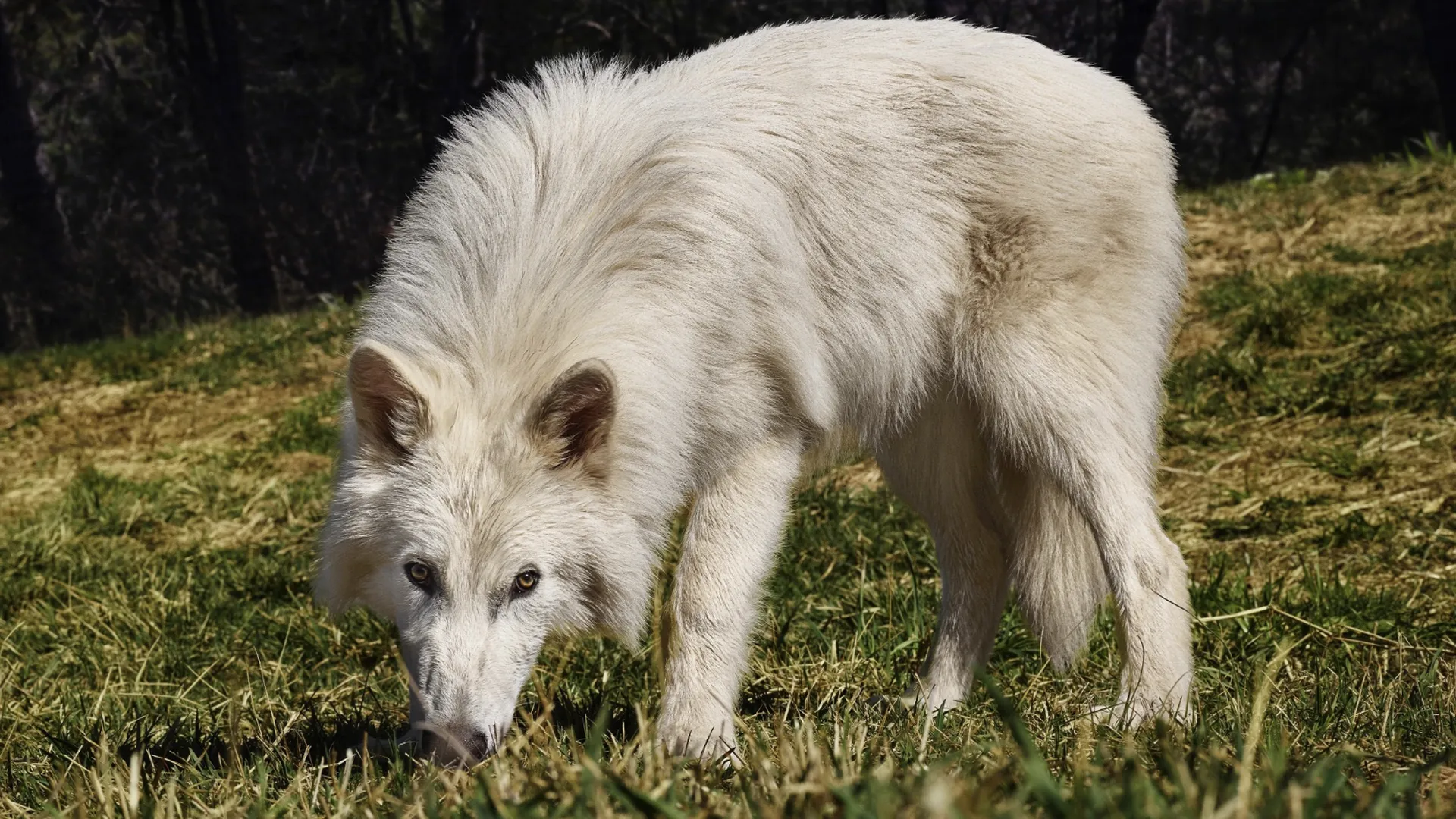
After more than 10,000 years, the dire wolf walks the Earth once again.
Thanks to the pioneering efforts of Colossal Biosciences, a Dallas-based biotechnology company, this extinct canine species — made famous in modern pop culture by its role in the Game of Thrones series — has returned in a remarkable feat of science and innovation.
The project, part of a broader mission to revive lost species, represents a bold step into the future of conservation, genetics, and, some might argue, human imagination.
Elon Musk Called This Financial News ‘Terrifying’
Colossal’s work isn’t some fantasy tale conjured from a George R. R. Martin novel or an HBO script.
It’s real science. Using DNA samples extracted from dire wolf fossils, researchers at Colossal were able to identify key genetic traits unique to the extinct predator.
By editing the genome of the modern gray wolf to include those characteristics, they created embryos bearing the hallmarks of the ancient beast. The embryos were then implanted in surrogate dogs, resulting in the birth of three pups now recognized as near-dire wolves.
Their names? Romulus, Remus, and Khaleesi — fitting nods to both ancient myth and contemporary fantasy.
FREE Concealed Carry Gun Laws & Reciprocity Map
Compared to their gray wolf cousins, the new dire wolves are striking.
A Time magazine reporter described them as having a “white coat, larger size, more powerful shoulders, wider head, larger teeth and jaws, more-muscular legs, and characteristic vocalizations, especially howling and whining.”
TIME’s new cover: The dire wolf is back after over 10,000 years. Here’s what that means for other extinct species https://t.co/LQtosdfiEf pic.twitter.com/bv8EbeefuW
— TIME (@TIME) April 7, 2025
These creatures are not mere curiosities or cinematic tributes — they are living, breathing marvels of modern science, and a symbol of what’s possible when technology and ambition meet.
Inevitably, comparisons have been drawn to Jurassic Park, where the resurrection of dinosaurs leads to catastrophic consequences. While the stakes here are far less dramatic — and the creatures far less monstrous — the project still sparks deep philosophical and ethical debate.
Colossal is not stopping with the dire wolf. The company has its sights set on other iconic extinct species: the dodo, the Tasmanian tiger, and the wooly mammoth.
Of these, the wooly mammoth looms largest in the public imagination, a towering herbivore that once roamed the Ice Age tundra. If successful, its return could echo the awe-struck moment in Jurassic Park when characters first glimpse living dinosaurs.
“The Direwolf is the sigil of your House. The Stark children were meant to have them.”
Some scientist: “Let’s name the Direwolf Khaleesi.” 🤦♂️ pic.twitter.com/iQOIZvRb53
— Jon Snow (@LordSnow) April 8, 2025
But this isn’t fiction. It’s science pushing the boundaries of what’s biologically possible — and not without challenges.
The dire wolf pups will be monitored closely for unexpected complications. They are not being released into the wild, and even if they were, the prey animals they once hunted — including mammoths — are no longer around.
The wooly mammoth project, in particular, faces major obstacles. A nearly two-year gestation period in a surrogate elephant is no small feat, and there are concerns about the toll it could take on the mother.
Critics are quick to pounce. One philosopher argues that resurrected mammoths may suffer “psychological and behavioral deficits,” while a writer at Vox voices concern about non-voluntary surrogacy for elephants, including the potential for miscarriages and risky deliveries.
Dire Wolf siblings, Romulus and Remus, howling. The first time for the species in over 10,000 years 🐺 pic.twitter.com/ilV9nNO0Qj
— westerosies (@westerosies) April 7, 2025
Of course, none of these criticisms negate the extraordinary nature of what’s been accomplished.
The suggestion that these creatures might experience behavioral difficulties is almost comically underwhelming in the face of what has actually occurred: the recreation of a species long lost to time.
As one might say, it’s akin to objecting to a Mars mission because someone might leave a Coke bottle on the surface.
Much of the opposition stems from a deep-seated pessimism that often permeates environmental discourse — a view that paints human intervention as inherently harmful and technological progress as something to be feared.
And while caution is always warranted in science, particularly when tinkering with the natural world, there is something deeply inspiring about humanity’s ability to reverse, in part, the damage it has done.
Sometimes, our reasons for bringing back extinct animals go beyond ecology. We do it not only to restore balance, but also because we are drawn to wonder. The planet would continue to turn without blue whales, but wouldn’t it feel like a lesser place without them?
We don’t have the technology to cure cancer but we have the technology to clone a Dire Wolf from 10,000 years ago? pic.twitter.com/VgISEShnUD
— Catturd ™ (@catturd2) April 8, 2025
The same logic applies here. The dire wolf, the dodo, the mammoth — these are not just species, they are symbols. Their revival rekindles our sense of curiosity, awe, and ambition.
We may have been responsible for the extinction of creatures like the carrier pigeon. Surely, then, we should at least be open to the idea of bringing them back — not merely as a gesture of atonement, but as an act of vision.
If all this seems like hubris, perhaps that’s the nature of progress. Who would have imagined that we could carry supercomputers in our pockets or edit genes with pinpoint precision? As Ian Malcolm famously said in Jurassic Park, “Life, uh, finds a way.”
And so it has.
The dire wolf is back. And in that howling return, we are reminded that while extinction may be forever, human ingenuity just might find a loophole.
WATCH THE VIDEO:
American Made Patriotic Apparel – Save 15% with Promo Code MERICA
The opinions expressed by contributors and/or content partners are their own and do not necessarily reflect the views of LifeZette. Contact us for guidelines on submitting your own commentary.





![Jasmine Crockett Justifies Mass Illegal Immigration With Bizarre Argument [WATCH]](https://www.right2024.com/wp-content/uploads/2025/03/1742007023_Jasmine-Crockett-Justifies-Mass-Illegal-Immigration-With-Bizarre-Argument-WATCH-350x250.jpg)

![NYC Tourist Helicopter Falls into Hudson River, Siemens Executive and Family Among Those Killed [WATCH]](https://www.right2024.com/wp-content/uploads/2025/04/NYC-Tourist-Helicopter-Falls-into-Hudson-River-Siemens-Executive-and-350x250.jpg)








